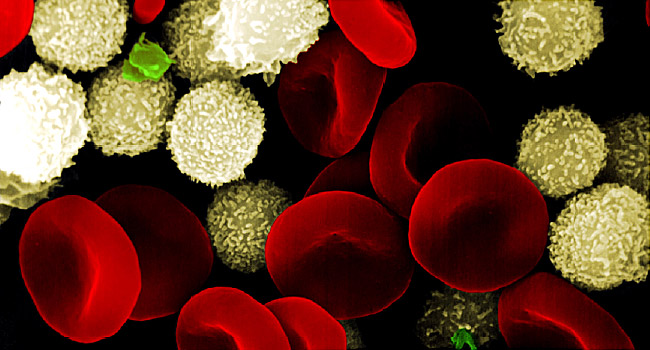Sepsis Causes Far More Deaths Than Thought
Jan. 17, 2020 — Sepsis kills more than twice as many people worldwide as once believed, and children in poor regions account for an excessive number of such deaths, researchers say.
Sepsis is an out-of-control immune response to infection that harms organs. People who survive sepsis can have lifelong disabilities.
In 2017, there were 48.9 million cases of sepsis and 11 million sepsis deaths worldwide — that’s one in five deaths that year.
“We are alarmed to find sepsis deaths are much higher than previously estimated, especially as the condition is both preventable and treatable,” said senior author Dr. Mohsen Naghavi, a professor of health metrics sciences at the University of Washington School of Medicine in Seattle.
Low- and middle-income countries had 85% of the cases, with the most in sub-Saharan Africa, the South Pacific islands near Australia, and South, East and Southeast Asia, the study found.
Sepsis was more prevalent among females than males, and more than 40% of cases occurred in children under age 5, the researchers reported.
From 1990 to 2017, the number of cases fell from 60 million to about 49 million (down 19%), and sepsis deaths fell from nearly 16 million to 11 million (a 30% decrease).
Lower respiratory infection was the most common underlying cause of sepsis-related death in both 1990 and 2017, according to the report published Jan. 16 in The Lancet journal.
Naghavi called for renewed focus on sepsis prevention among newborns and on tackling antimicrobial resistance, a key driver of the condition.
Lead study author Dr. Kristina Rudd said the study highlights the need for basic public health strategies. She’s an assistant professor of critical care medicine at the University of Pittsburgh.
“Vaccines, making sure everyone has access to a toilet and clean drinking water, adequate nutrition for children and maternal health care would address a lot of these cases,” she said in a University of Pittsburgh news release.
Rudd pointed out that the issue hits close to home: Sepsis remains the leading killer of hospital patients in the United States.
“Everyone can reduce their odds of developing it by getting the flu shot, and the pneumonia vaccine when appropriate,” she said. “Beyond that, we need to do a better job preventing hospital-acquired infections and chronic diseases, like diabetes, that make people more susceptible to infections.”
More information
The U.S. National Institute of General Medical Sciences has more on sepsis.
SOURCE: University of Pittsburgh, news release, Jan. 16, 2020




